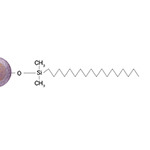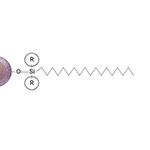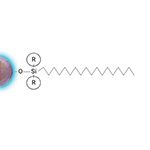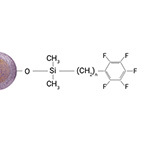Posted by Chrom Tech on 16th Oct 2025
Optimizing HPLC Methods with Agilent’s InfinityLab Poroshell 120 Columns
More Chemistries, More Choices for Separation
The InfinityLab Poroshell 120 family from Agilent continues to expand, offering three particle sizes and more than 20 chemistries to meet diverse analytical needs. This versatility allows chromatographers to efficiently separate a wide range of compounds—from small molecules to complex biomolecules. But with so many options, how do you select the right column for your method? Whether you’re developing a new method or optimizing an existing one, this guide will help you choose the most effective InfinityLab Poroshell column for your application.
Understanding the Importance of Column Particle Size
Choosing the proper particle size is one of the most critical decisions in HPLC method optimization. Particle size directly influences efficiency, resolution, and backpressure. Agilent’s InfinityLab Poroshell columns are available in 1.9 µm, 2.7 µm, and 4 µm formats—each designed for specific analytical goals.
- 1.9 µm: Delivers UHPLC-level efficiency and resolution but requires systems capable of handling higher backpressure.
- 2.7 µm: Balances performance and pressure—ideal for most HPLC systems.
- 4 µm: Provides lower backpressure for standard HPLC setups while maintaining strong resolution.
Smaller particles offer higher efficiency but at the cost of increased system pressure. Larger particles, while less efficient, may offer longer column life and compatibility with standard HPLC instrumentation. Selecting the correct size depends on your method parameters, instrument capability, and performance requirements.
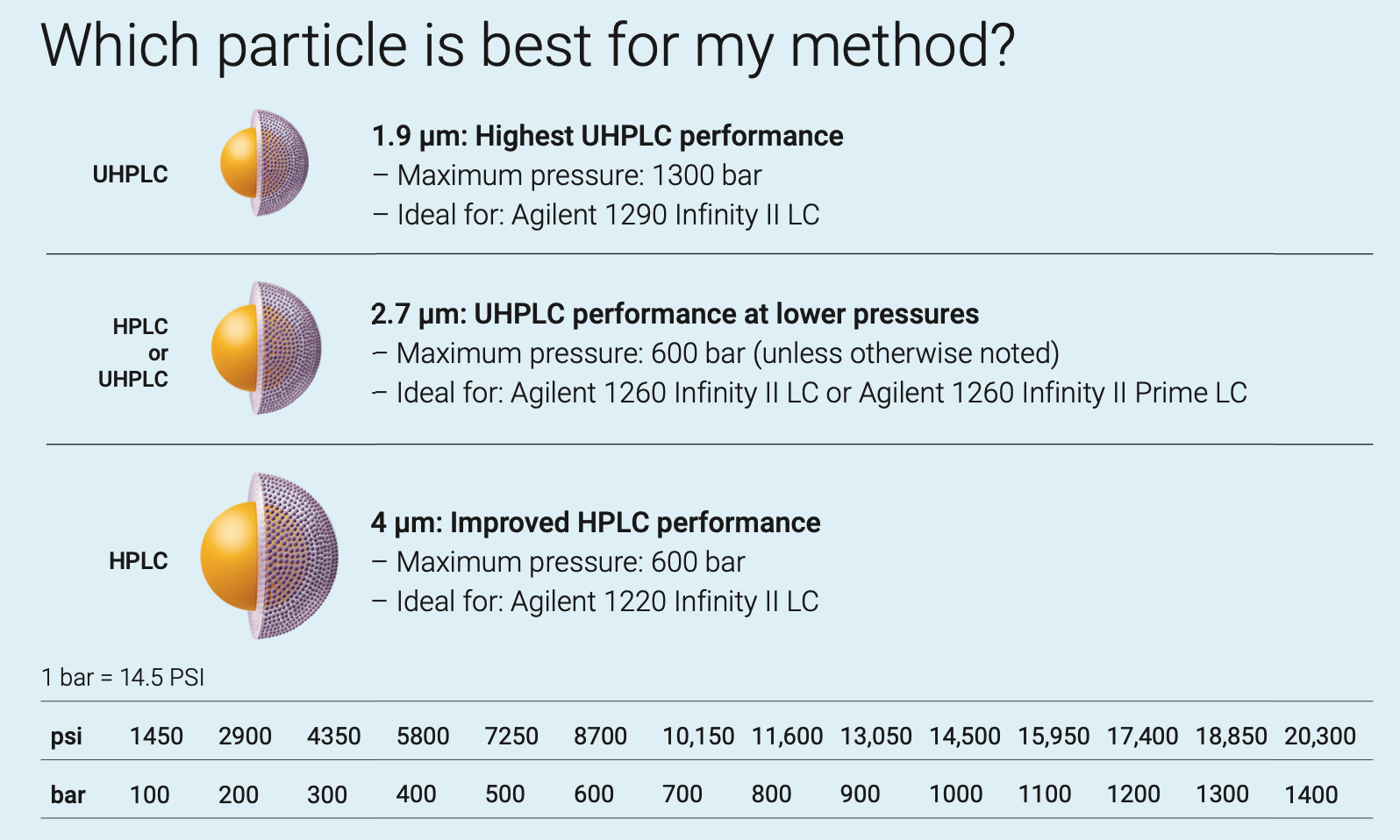
Figure 1: Particle Size Guideline
Choosing the Right Column ID and Length for Your HPLC Method
After determining particle size, column inner diameter (ID) and length are key factors influencing method performance. The column ID affects sample loading, sensitivity, and solvent consumption, while length influences separation efficiency and analysis time.
- Column ID: Traditional 4.6 mm columns remain common, but narrower columns (2.1 mm or 3.0 mm) reduce solvent usage and improve sensitivity.
- Column Length: Shorter columns (30–100 mm) enable fast separations, whereas longer columns (>150 mm) improve resolution and peak capacity.
Balancing ID, length, and particle size helps optimize run times and achieve sharper, more reproducible chromatographic peaks.
Comparing Poroshell Chemistries to ZORBAX Chemistry-Based Methods
Transitioning from fully porous to superficially porous columns offers notable advantages in efficiency and speed. The InfinityLab Poroshell 120 family mirrors many established Agilent ZORBAX chemistries, allowing for straightforward method transfer. For most users, adopting Poroshell technology can improve resolution and throughput without major revalidation.
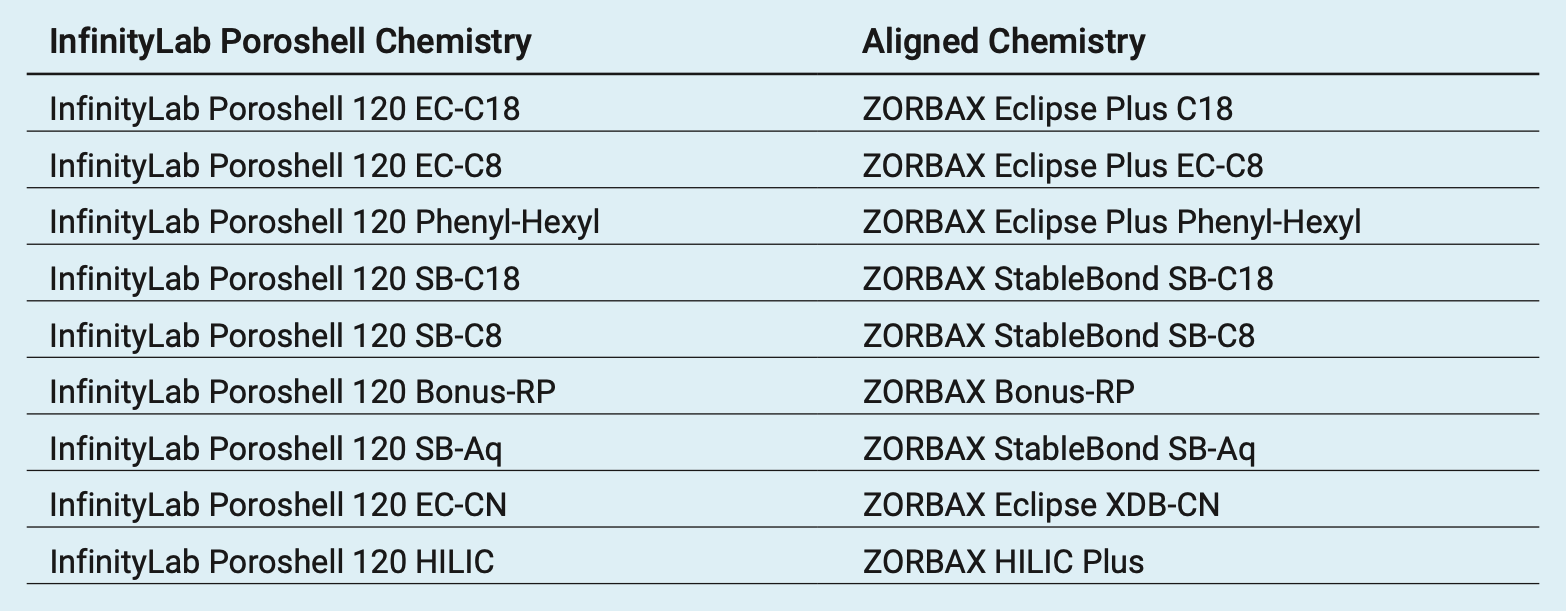
Figure 2: Switching from ZORBAX to InfinityLab Poroshell Columns
When transitioning, match the particle size, column ID, and length used in your existing ZORBAX column. Minor adjustments to flow rate, temperature, or gradient slope may be needed to achieve optimal separation.
Exploring the Variety of Poroshell Chemistries Available
Agilent offers a wide range of Poroshell chemistries to address diverse analytical applications—from general-purpose separations to specialized pH or polarity conditions. Below are some popular examples from the InfinityLab Poroshell 120 line:
For a complete overview of available chemistries, refer to Agilent’s InfinityLab Poroshell column guide. With this wide selection, you can match column chemistry precisely to your target analytes and mobile phase conditions.
- Choose the optimal particle size, column ID, and length based on method goals and instrument capabilities.
- Optimize mobile phase composition, gradient profile, and temperature for maximum separation efficiency.
- Consult Chrom Tech’s technical experts for method development or troubleshooting support.
By following these guidelines, you can enhance your HPLC method performance, reduce run times, and achieve highly reproducible results.
Frequently Asked Questions
What are the main benefits of InfinityLab Poroshell 120 columns?
Poroshell 120 columns offer faster analysis times, higher efficiency, and improved resolution compared to fully porous columns—all while maintaining compatibility with existing HPLC and UHPLC systems.
Can I transfer my existing ZORBAX method to a Poroshell column?
Yes. Agilent designed Poroshell chemistries to align with ZORBAX phases, making method transfer straightforward. You may only need minor adjustments to parameters such as flow rate or temperature to achieve comparable performance.
How do I choose the right Poroshell particle size?
Select 1.9 µm for maximum resolution on UHPLC systems, 2.7 µm for balanced performance on standard HPLC, or 4 µm for lower pressure applications requiring robust, long-term operation.


